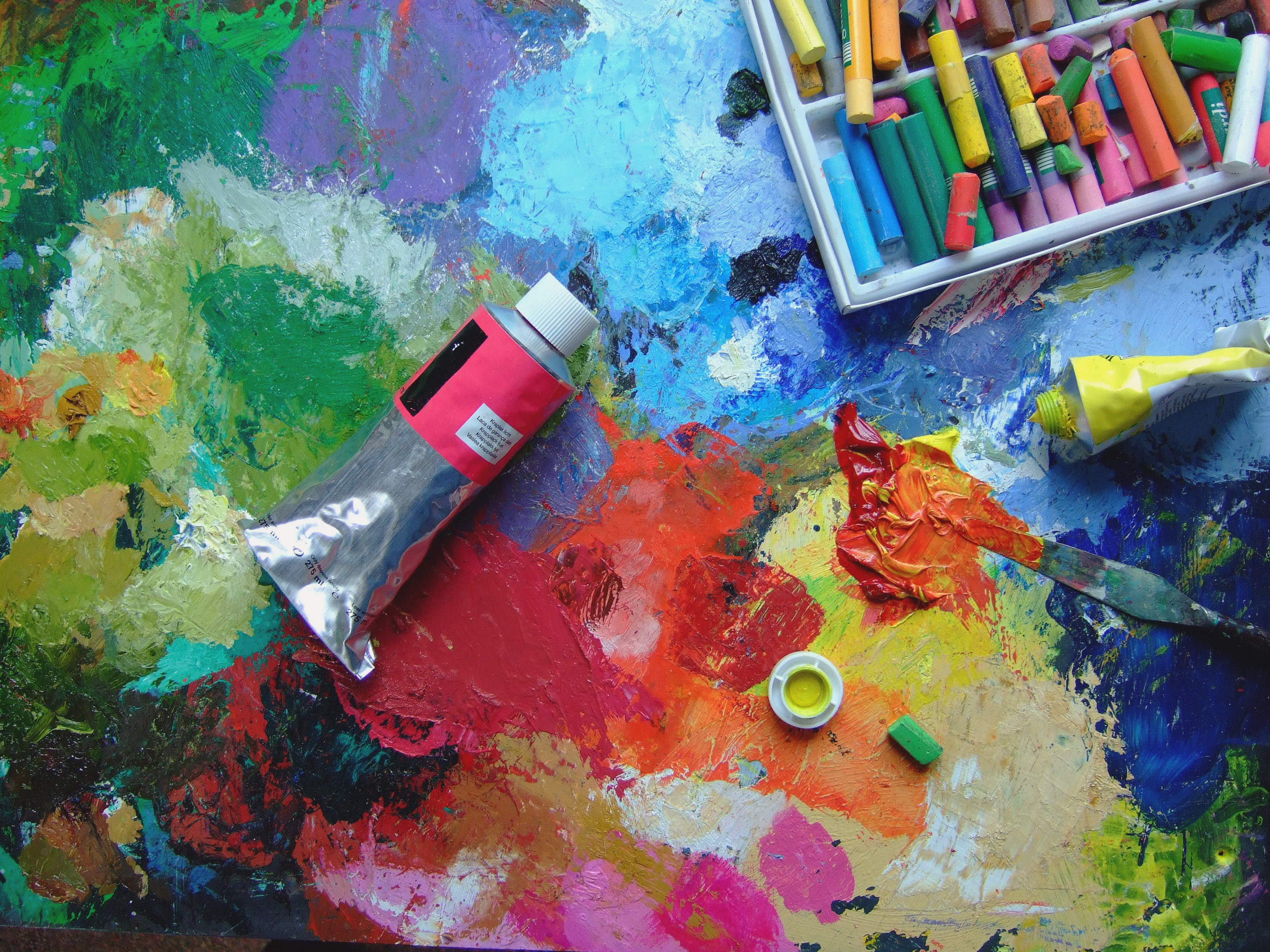By Heather Cameron
According to the Creative Industries Council (CIC) it’s “an exciting and pivotal time for the UK’s creative industries”, with recent statistics showing that the sector punches above its weight in terms of the economy, generating £71.4 billion gross value added (GVA) in 2012 – a 9.4 % increase that surpasses the growth of any other UK industry sector.
Five priority areas for focus were identified by CIC in their recent strategy for the sector:
- access to finance;
- education and skills;
- infrastructure;
- intellectual property;
- and international (exports and inward investment).
Despite the positive value of this sector, there are a number of challenges which could hinder progress, particularly in relation to education.
A lack of investment in arts and crafts subjects could have serious consequences for the future of higher education (HE) in the arts and ultimately for the creative industries sector. Francine Norris, Director of Education at West Dean College, which offers courses in conservation and visual arts, recently commented that the government needs to wake up to the fact that arts and crafts underpin the UK’s world-leading creative industries sector. The CIC has highlighted craft as a fundamental component of the UK’s creative industries, employing over 100,000 people and showing an above average increase in GVA between 2008 and 2012.
The National Society for Education in Art and Design (NSEAD) has argued that government policy changes have had a negative impact on the subject. In their most recent survey of art, craft and design educators, which considered the position and value of the subject in schools in the last three years (2011-2014), NSEAD concluded that:
“Performance measures continue to erode provision at key stage 3 and 4; fewer specialist teachers are being trained and there is a paucity of subject specific professional development; learning opportunities for pupils both in school and within the cultural sector have diminished; and the subject lacks value, especially in the state school sector.”
NSEAD has also noted that the number of candidates (male and female) sitting GCE A level art and design subjects continues to fall, with a total of 44,922 sitting the exam this year, compared to 45,336 in 2013 and 46,483 in 2012 when numbers peaked.
According to a recent Crafts Council report, the number of arts GCSEs studied by children has fallen by 14% since the English Baccalaureate (EBacc) was introduced in 2010. Arts subjects are not included in the EBacc, which is currently the main performance measure for schools, so it is unsurprising that participation has decreased at a time when schools are under increasing pressure to meet performance targets.
Added to this, the Cultural Learning Alliance has commented on figures released earlier this year by the Department for Education, suggesting that the arts are experiencing a disproportionate decline in provision. According to the data, the number of hours that arts subjects are taught and the number of arts teachers in England’s secondary schools have fallen since 2010 by up to 11%. In contrast, the EBacc subjects of history and geography have seen the number of teachers and hours taught rise between 7% and 12%.
The problem continues at the level of higher education, with university places in the arts and crafts also declining in the face of high tuition fees and a lack of funding. The Crafts Council highlights a 39% decline in the number of arts and craft courses available in the five years to 2012, down from 820 courses in 2007/08 to 500 in 2011/12.
Surely if the outstanding economic contribution of the creative industries sector is to continue, then the value of arts education must be recognised and continue to be sufficiently supported? A review by the Arts Council, which reported that learning through arts and culture improves attainment across many other aspects of the school curriculum, also highlighted gaps in research evidencing the benefits of arts and culture, concluding that:
“Driving the development of evidence and research in understanding the impact arts and culture plays on the wider society will be critical to shaping and developing arguments in favour of sustained public investment in arts and culture.”
Perhaps this lack of evidence of the value of the arts is what needs to be addressed in order to increase awareness.
Further reading
The value of arts and culture to people and society: an evidence review
Building a creative nation: evidence review
Arts and crafts: critical to economic innovation, IN Economic Development Quarterly, Vol 27 No 3
The contribution of the arts and culture to the national economy
The Idox Information Service has a wealth of research reports, articles and case studies on a range of arts and culture topics. Abstracts and full text access to subscription journal articles are only available to members.
Share
Related Posts
A recent item on BBC Radio 4’s Today programme generated an unusually high number of responses from listeners. A man who had lost his job in the financial services sector at the age of 57 described his difficulty in trying ....
By Donna Gardiner While free school meals (FSM) have been available in England on a means-tested basis since 1944, recent years have seen a renewed focus upon the potential benefits of providing free school meals to all school-aged children. Currently, ....
Tackling geographical inequalities is critical for ensuring that all parts of the country have the potential to prosper. When the UK was a member of the European Union, it was entitled to a share of funding from the EU’s structural ....
By Robert Kelk and Chris Drake A new start for an old challenge? The recent appointment of Marc Lemaître as the European Commission’s director general for research and innovation (R&I) has returned Europe’s R&I gap to the spotlight. Previously head ....

